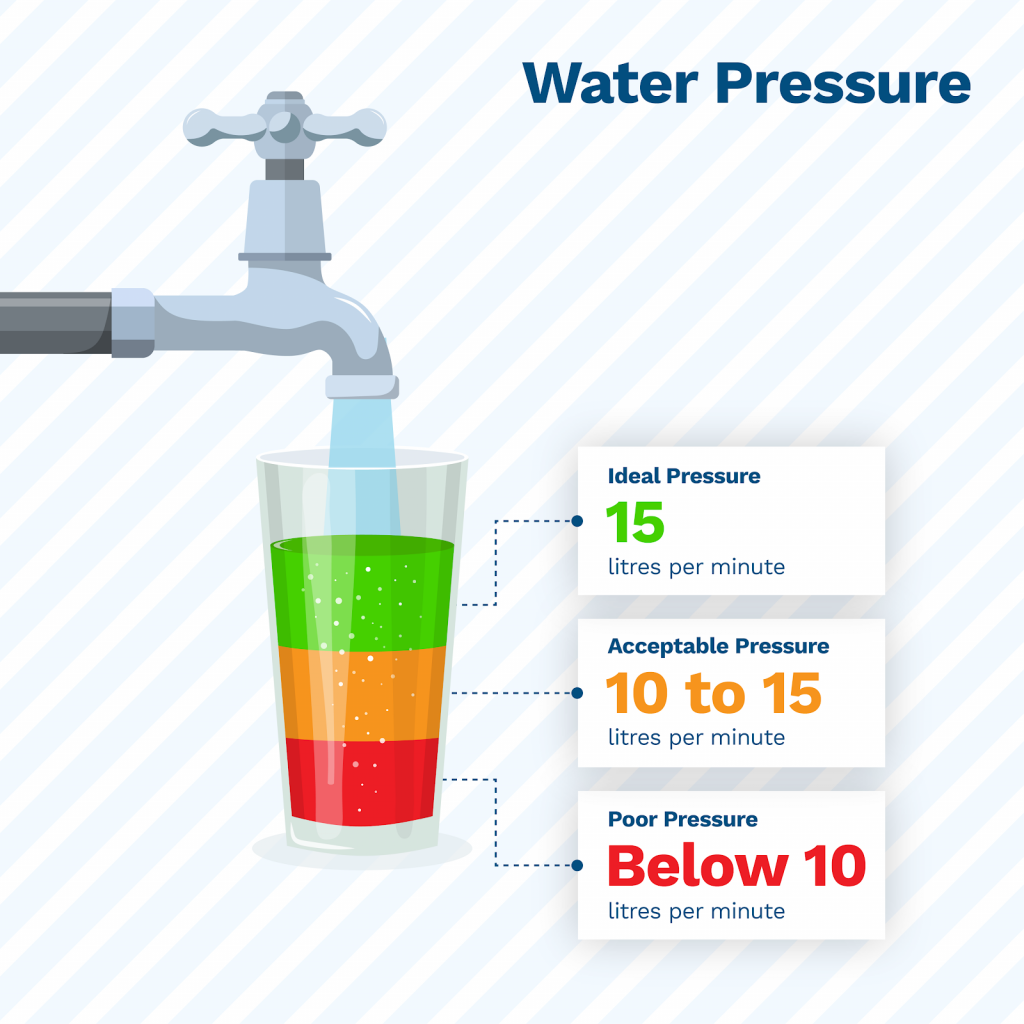



Water pressure plays a crucial role in household plumbing, affecting everything from shower performance to appliance efficiency. Whether you're experiencing low pressure or just want to check if your home's water pressure meets UK standards, measuring it is straightforward.
Water pressure is the force that pushes water through your pipes, measured in bars or psi (pounds per square inch).
A water pressure gauge is the most reliable way to measure water pressure.
➡️ Where to buy a pressure gauge? DIY stores like B&Q, Screwfix, or Toolstation sell them for around £10-£20.
If you don’t have a gauge, the bucket test helps estimate flow rate, which correlates with pressure.
✅ Note: This test measures flow rate, not pressure, but it’s a quick indicator of potential issues.
If you suspect pressure issues, contact your local water supplier. Most provide online pressure maps or can send an engineer to check your supply pressure.
✔️ Check for leaks in pipes and taps.
✔️ Ensure stopcock is fully open (main control valve).
✔️ Clean blocked aerators in taps and showerheads.
✔️ Ask neighbours—if they have the same issue, it may be a supply problem.
➡️ Solution: Install a booster pump if low pressure is a persistent issue.
✔️ Look for banging pipes (water hammer).
✔️ Check if appliances have pressure-limiting valves.
✔️ Install a pressure-reducing valve (PRV) to protect pipes.
➡️ Solution: A PRV can regulate pressure to a safe level.
If you're investing in property or renovating a home, ensuring the right water pressure is essential. Fraser Bond can: